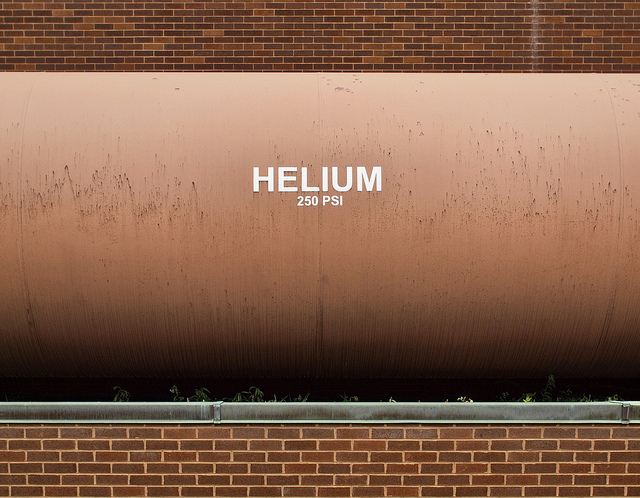I read the other day about a theme park in Japan which had suspend sales of helium-filled balloons because of a temporary global shortage in the gas. Like a lot of things which flit across the internet powered computer screens of today, it pays to have a bit deeper dig before taking some of the claims to the street.
It turns out the estimated worldwide helium reserves are forecast to last for about the next 300 years at today’s usage rates – hardly a reason to stockpile.
Anyway, putting that aside, I started to read up on helium and it is a very interesting gas. Read on.

Colorless, odorless, tasteless, non-toxic, inert, AND monatomic (one atom), helium’s boiling and melting points are the lowest among the elements and it exists only as a gas except in under extreme conditions.
While it is the second lightest element, it is also the second most abundant element in the observable universe. That means that at about 24 per cent of the total mass, it is more than 12 times the mass of all the heavier elements combined.
On Earth it is rare. Most helium is created by the natural decay of heavy radioactive elements (thorium and uranium) and is trapped with natural gas in concentrations up to 7 per cent by volume. The greatest natural concentrations of helium are found in natural gas, from which most commercial helium is extracted.
About a quarter of the helium we use is for keeping stuff cool, particularly superconducting magnets, such as those used in MRI scanners. (Apparently, the second largest use is at parties for blowing up balloons and for inhaling to make your voice squeaky.)
The US is the largest supplier of helium. The bulk extraction of helium in the US began after an oil drilling operation in 1903 Kansas produced a gas geyser that would not burn. It was analysed and found that 1.84 per cent of the gas sample was helium and there were great wads of it under the American Great Plains.

